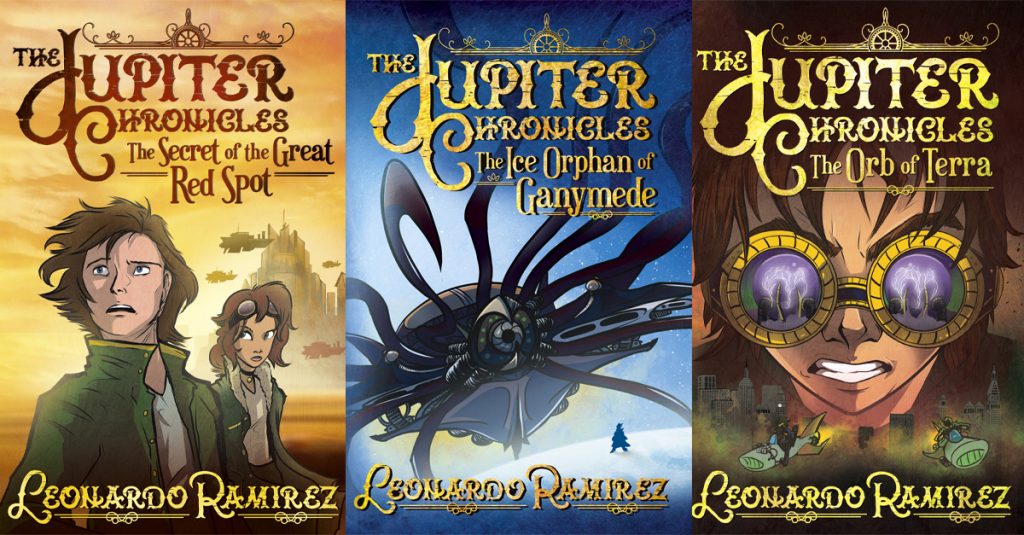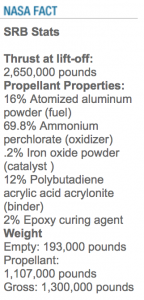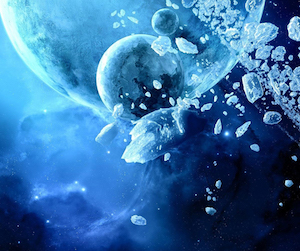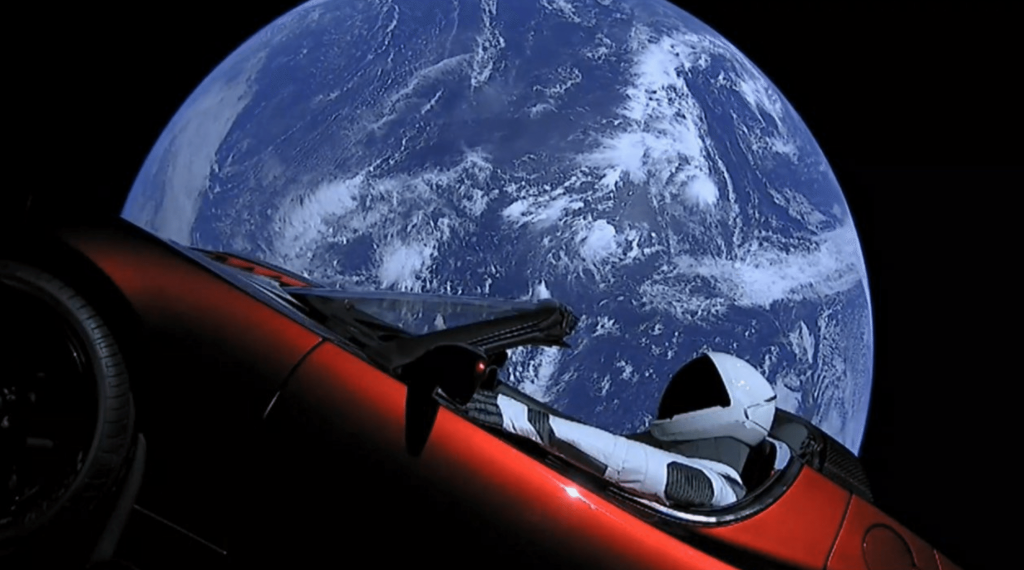Hi All!
I love Science! Specifically, astronomy and astrophysics. There was never a point in my childhood where I didn’t have a telescope and loved to stargaze. Now, I get to indulge in a related delight. Incorporating lessons of Science and history into my fiction work has always been a joy of mine. It’s especially fun when the story setting lends itself to sharing a nugget or two for the kids who are reading the books. For example, in book 3, The Orb of Terra, there is a reference to a Captain Moses Rogers of the SS Savannah who travelled through the Atlantic. As I’ve mentioned in a prior post, Captain Rogers was a real person and the Savannah, a real ship as was the SS Anchoria mentioned later and her captain, Henry Glass.
If you’ve read the the first three books (without giving anything away), you know there is an ending to one story and the beginning of a new chapter in the lives of the Castillo Family with book four (which I am currently working on). That’s where the science will really start to show.
For example, how would a steam-powered ship fly through space and what would that look like?
 As far as propulsion is concerned, it is a given that a ship would create thrust by expelling pressurized particles. Rockets do this today with oxidizer and aluminum. The solid fuel is actually powdered aluminum — like the foil wraps in your kitchen — mixed with oxygen provided by a chemical called ammonium perchlorate.
As far as propulsion is concerned, it is a given that a ship would create thrust by expelling pressurized particles. Rockets do this today with oxidizer and aluminum. The solid fuel is actually powdered aluminum — like the foil wraps in your kitchen — mixed with oxygen provided by a chemical called ammonium perchlorate.
But what would steam look like expelled from a turbine? The answer to this begs another question. Does water boil or freeze in the vacuum of space?
The temperature of space is (minus)-454.75 Fahrenheit. So if a turbine expelled steam into that much cold would it boil or freeze?
If you were to take a glass of water to a higher elevation, the boiling point would lower the higher you went. This is because liquid can only exist in a small window of environmental conditions. The less amount of pressure there is in the environment the water is in, the quicker it boils. With space being a vacuum, there is zero pressure. This means the water would begin to boil instantly.
So then what happens?
 Well, now you have gas particles in the cold of space. Instant snow. This process is called desublimation. If you’ve ever taken boiling water on an extremely cold day and tried throwing it up into the air what you get coming down is the pretty white stuff that snow angels are made out of. This means that when the skyrockets in our stories are jetting through space, what is realistically coming out of the back is a steady stream of snow….or ice.
Well, now you have gas particles in the cold of space. Instant snow. This process is called desublimation. If you’ve ever taken boiling water on an extremely cold day and tried throwing it up into the air what you get coming down is the pretty white stuff that snow angels are made out of. This means that when the skyrockets in our stories are jetting through space, what is realistically coming out of the back is a steady stream of snow….or ice.
It might even look like a comet.
The John Hopkins University Applied Physics Laboratory did a great presentation on what happens to water in the vacuum of space.
Our skyrockets and stingers may actually need windshield wipers after all! That’s just one example of some of the science behind The Jupiter Chronicles. We’ll continue the fun in exploring other nuggets in future posts.
Chat soon!
~L



